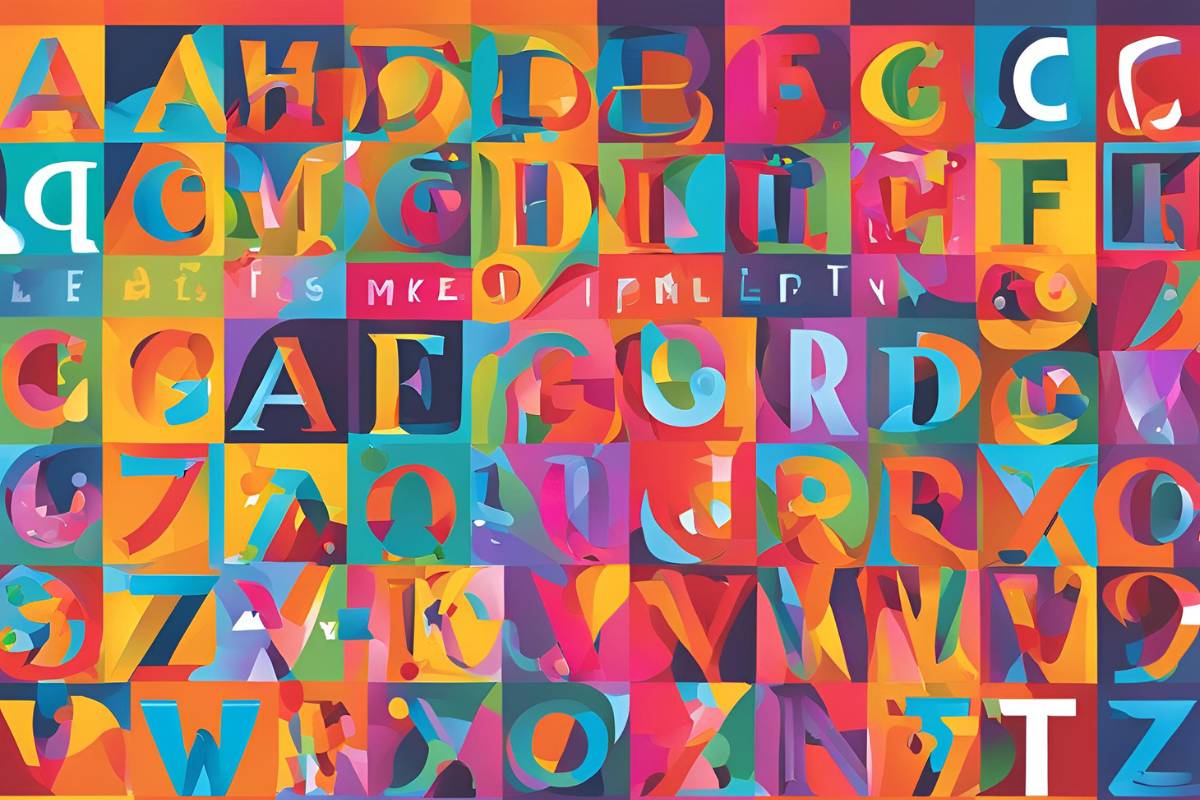It’s not by chance that certain websites just feel right from the moment you land on the homepage. Everything clicks, and you instantly get a sense of what that brand is all about. This is the result of well-chosen color and typography. These elements go beyond decoration; they’re the unsung heroes of your brand’s identity. Let’s explore why they matter so much and how you can use them to your advantage.
Why Color in Web Design is a Big Deal
Reflecting on the last time you visited a website that felt off, it was likely due to the design, the color, or a combination of both. Colors do more than make your site visually appealing—they trigger emotions and associations that can either draw people in or turn them away.
Imagine landing on a website for a spa that uses bright reds and oranges instead of calming blues and greens. It doesn’t feel right because colors speak a language of their own. Blues can calm us down, reds can fire us up, and greens are all about balance and growth. Each color has its vibe, and when used correctly, it can make your brand instantly recognizable.
Consider Coca-Cola, for example. The iconic red isn’t just about standing out; it’s about evoking excitement and energy, which are central to the brand’s identity. By consistently using the same colors across your website and branding, you’re not just creating a visually appealing site—you’re building a brand identity that people will remember.
Typography: More Than Just Pretty Fonts
If color is your brand’s emotion, typography is its voice. The fonts you choose convey a lot about your brand’s character. A whimsical, handwritten font might be appropriate for a playful and fun brand, while a clean, sans-serif typeface for a serious and professional brand would likely be more fitting.
But typography isn’t just about style. It also affects how easy your site is to read. Websites, where the text is tiny, cramped, or hard to decipher, are frustrating for users. That’s why readability is key. A well-chosen font looks good and makes your content easy to read, keeping visitors on your site longer.
Consistency in typography across your entire site is crucial. Using the same fonts helps create a cohesive look and feel, strengthening your brand. It’s like wearing a uniform—everything just fits together.
Color + Typography = Branding Powerhouse
The combination of the right colors with the right typography creates a visual hierarchy that guides your visitors’ eyes to key areas. This approach is about more than aesthetics; it ensures that people see what you want.
For example, bold, vibrant colors paired with a clear font can draw attention to your call-to-action buttons, increasing the likelihood of clicks. Meanwhile, softer colors and more subdued fonts create a relaxed atmosphere, encouraging people to spend more time reading.
Brands like Apple excel at this. Their clean, minimalist design is not merely a style choice—it’s a strategic move that reflects their brand identity: sleek, innovative, and user-friendly. The synergy between their color palette and typography creates an instantly recognizable visual experience, building trust and credibility with every interaction.
Best Practices: How to Nail Color and Typography in Your Web Design
Getting it right involves considering your brand’s message and the emotions you want to evoke when people land on your site. Colors should align with that emotion. Bold reds or oranges convey energy and excitement, while blues and greens promote calm and serenity.
Choosing a font that matches your brand’s personality is equally important. Readability is essential, so ensure your text is easy to read, especially on smaller screens. Limiting your design to two or three fonts is a good practice, avoiding a cluttered appearance.
Accessibility should also be a priority. High contrast between text and background colors significantly improves usability for people with visual impairments. A more subdued, cohesive palette generally serves better in the long run.
Related Stories from Personal Branding Blog
Integrating Accessibility
Color and typography aren’t just about making your website look good—they’re also critical to making it accessible. Accessibility ensures everyone, including people with disabilities, can navigate and interact with your site effectively. When your design choices prioritize accessibility, you’re not only complying with guidelines like the Web Content Accessibility Guidelines (WCAG) but also expanding your brand’s reach.
High-contrast color combinations, for example, improve readability for users with visual impairments, while clear, easy-to-read fonts benefit everyone, especially those with cognitive challenges. Using a WCAG plugin can help ensure your color and typography choices meet accessibility standards by automatically checking and suggesting improvements.
Incorporating accessibility into your design strategy does more than just enhance usability—it strengthens your brand. An accessible website shows that your brand is inclusive and thoughtful, which builds trust and loyalty among a broader audience. By focusing on accessible design, you’re creating a website that looks great and serves all users, reinforcing your brand’s commitment to inclusivity.
Common Pitfalls: What to Avoid
Even with the best intentions, some common mistakes can arise. Overcomplicating your design with too many colors or fonts can result in a cluttered and chaotic appearance. It’s like trying to listen to ten conversations at once—overwhelming and confusing.
Inconsistency in your color scheme and typography across different pages can confuse visitors and weaken your brand’s identity, making it harder for people to recognize and remember you.
Lastly, user experience should never be sacrificed for the sake of style. A fancy font might look appealing, but if it’s difficult to read, it detracts from the site’s effectiveness. The goal is to create a site that looks good and communicates effectively.
Color and typography are not merely design elements but powerful tools that can significantly impact your brand’s online presence. By carefully selecting the right colors and fonts, you can create a website that looks great and resonates with your audience, builds trust, and strengthens your brand’s identity.









